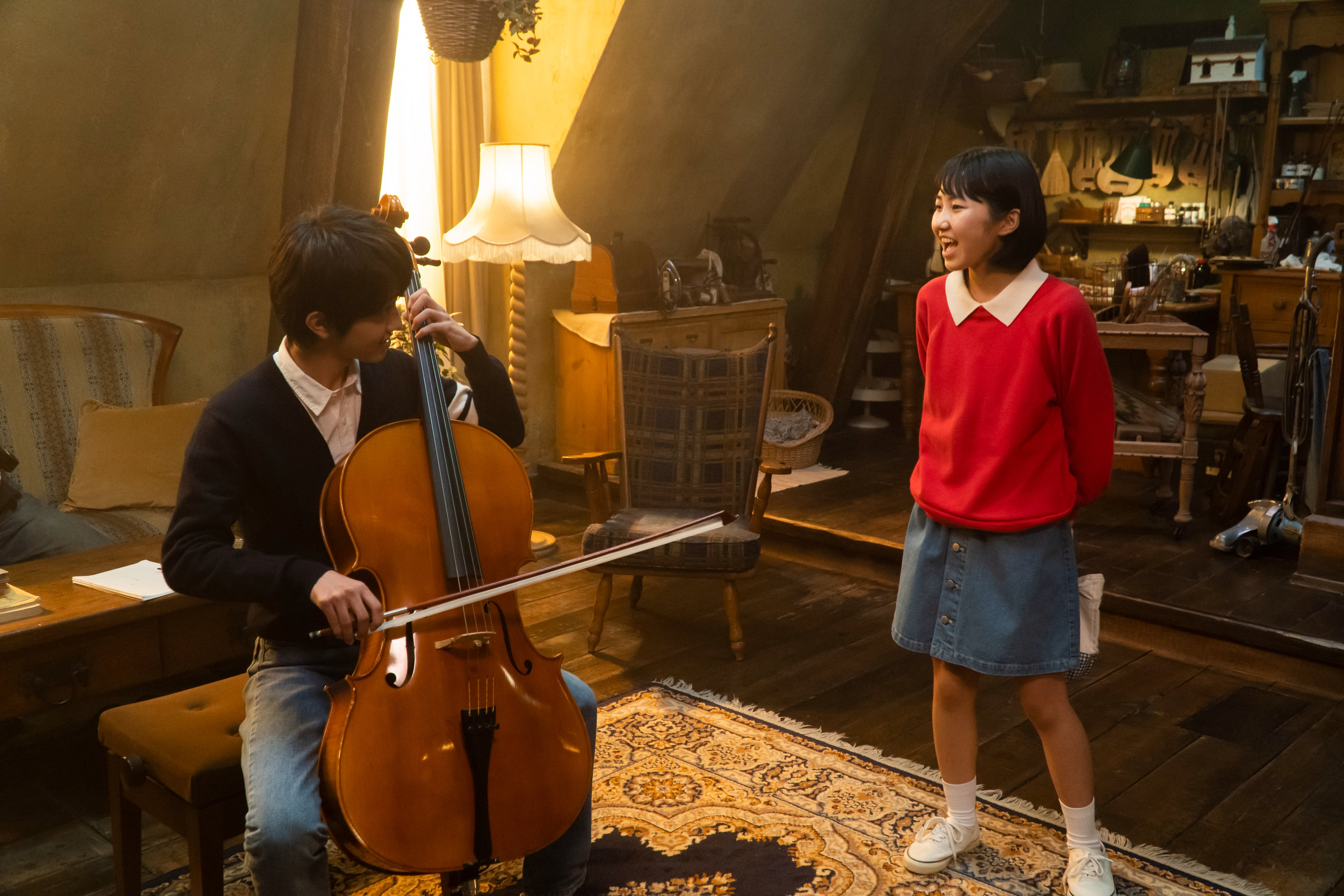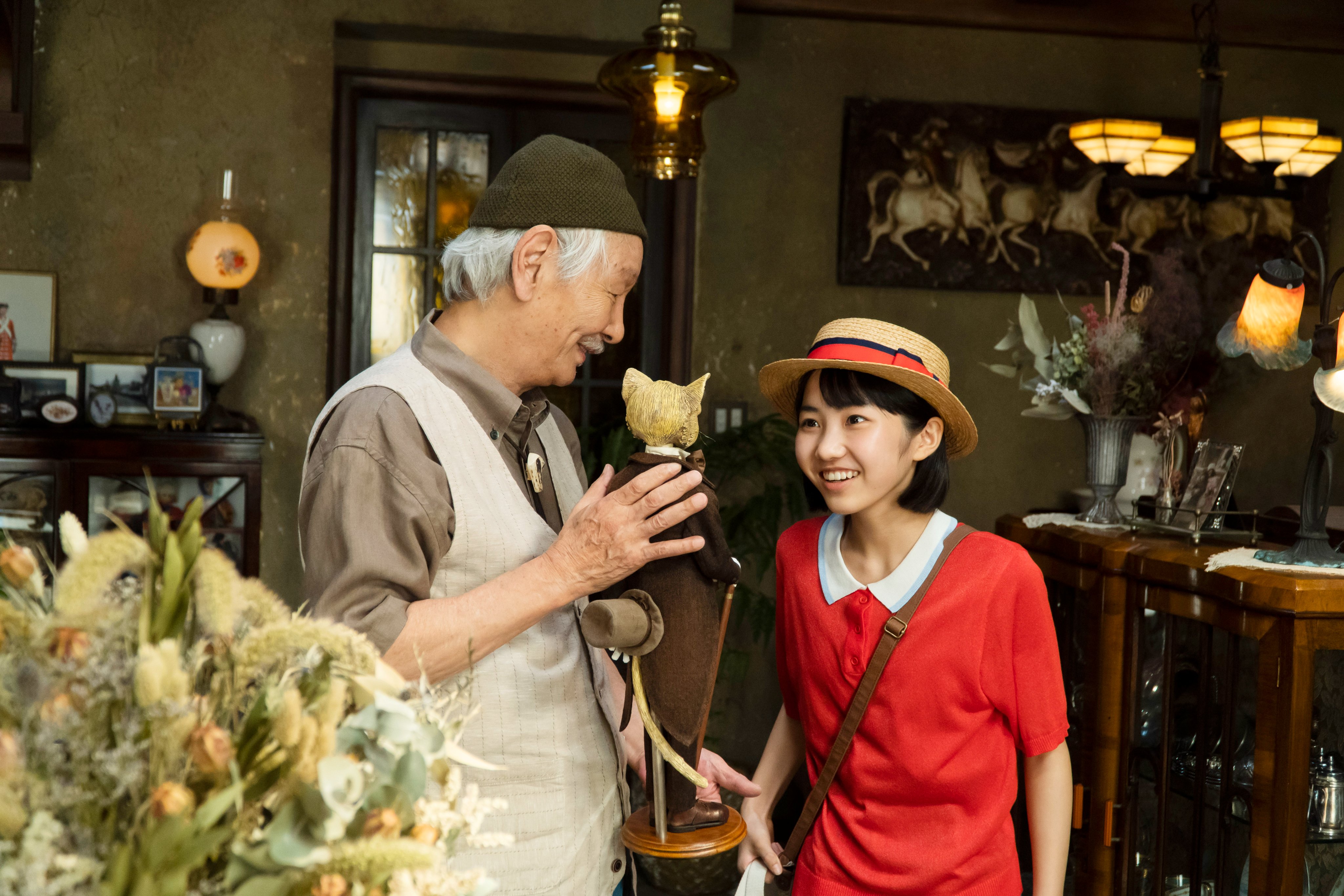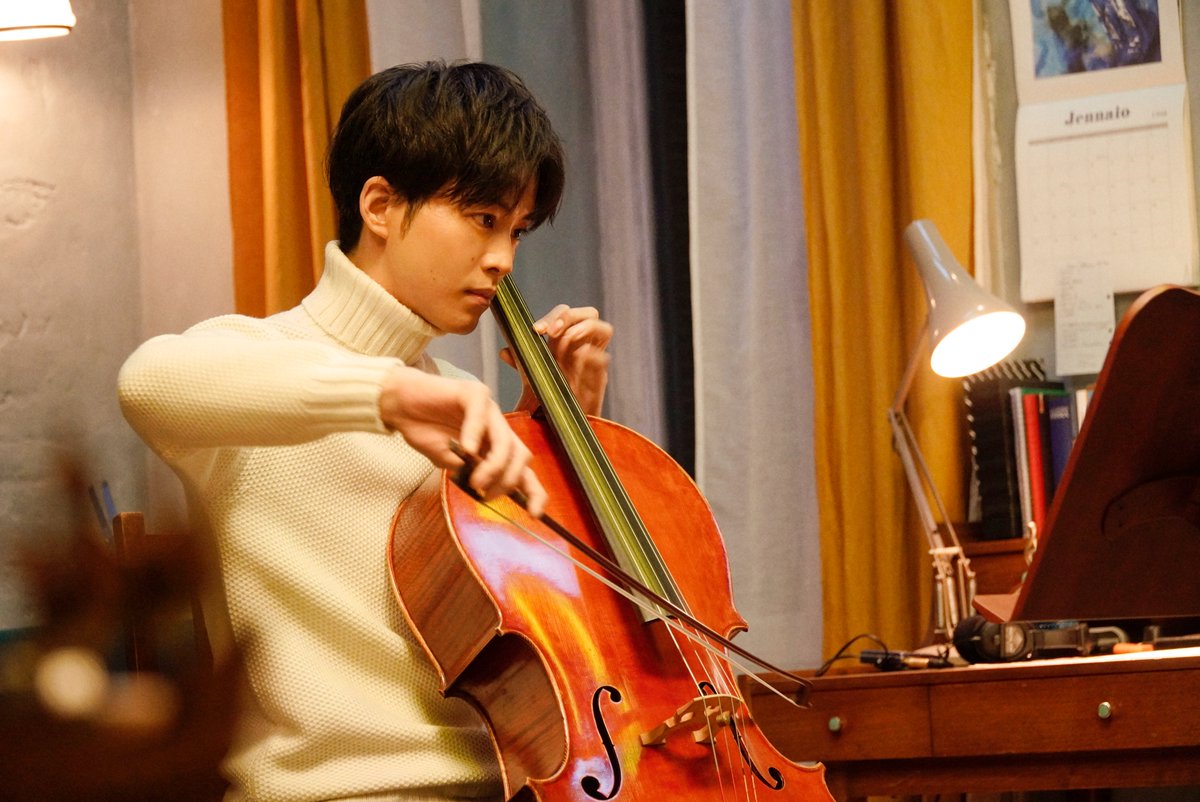
Image via official Twitter account
Disclaimer: Crunchyroll is an independently operated joint venture between U.S.-based Sony Pictures Entertainment and Japan’s Aniplex.
When is a sequel not a sequel?
The origins of Studio Ghibli’s beloved Whisper of the Heart goes back to 1989 and the pages of Japanese shojo magazine Ribon. It was there Aoi Hiiragi serialized the manga that would become the Ghibli classic, transformed into a film that would soon surpass the original story in notoriety and fame. A testament to its ubiquity with the studio, when Ghibli made their own spiritual sequel in The Cat Returns, it was Hiiragi who turned that film back into a manga, rather than the other way around.
Yet nothing was stopping another studio from taking up the reins of the original story to put their own take on this classic romance. It’s a shame about the result then.
2022's live-action Whisper of the Heart is neither an adaptation of the original manga nor a remake of the Ghibli classic, no matter how much the movie leans into the original’s shared cultural memory. Yet for a movie billed as a sequel set ten years after the original story, it’s held back and too afraid to actually evolve its message and characters beyond the empowering message and heartfelt romance of the original.

Image via official Twitter account
We enter the story with both main characters in their mid-20s. Seiji is living in Italy pursuing his dream while Shizuku has given up on her dream, instead working at a children’s book publisher to help others bring their stories to print. They continue to keep in touch and remain in love, but the distance continues to grow as they exist in separate worlds. Both are looking for the next step in their lives, but will they take that next step together?
To say this film is confused as to what it wants to say would be underselling the issue here. Had the film actually told a story following its initial synopsis, there is room for a worthy sequel building upon the original’s relationships and message about following your dreams amidst the crushing reality of adulthood. Is it possible to follow your dream when, at the end of the day, bills need to be paid and the journey to success is difficult and narrow? How could these characters come together to chase their dreams in spite of it all, or could the gap in their journeys be too great to overcome?
This isn’t what happens.
It should first be noted that the Ghibli adaptation took liberties with the source material in pursuit of what worked best for the screen: It took the light-hearted slice-of-life story of a girl falling in love with the book-loving boy from the library into an introspective film about pursuing a dream and the excitement of a first romance, finding purpose in one another in search of your own goals. While many iconic scenes in the movie, such as their snarky initial meeting and dual pursuit of dreams, are lifted directly from the original manga, the tone of these two stories are vastly different.

Image via official Twitter account
It’s worth considering the ways the Ghibli film chose to deviate from the source material because the first hour of this new movie remakes iconic scenes from the original manga while sticking as closely to the Ghibli interpretation as legally possible. If Ghibli showcased Seiji’s dreams of violin-making, in live-action he plays the cello and moves to Italy to master the instrument. If the manga had their snarky first meeting over a library book occur in an empty classroom, you bet this film chose to recreate this scene outside by the baseball field, just like the animated classic. Even clothing choices are nearly-identical, including in places they differ from the manga.
Replace “Country Roads” with “Tsubasa wo Kudasai” and you have the closest thing to a Ghibli remake in live-action as you could have, and without the charm of the animation studio’s hand-drawn magic bringing warmth to these garishly-staged scenes. When you spend all this time on their childhood, you barely have time to focus on the actual story this new film has for these characters as adults.
The authentic romance of their childhood summertime first love is replaced with cheesy melodrama hindered by the film’s cross-cultural setting: Seiji plays in an Italian string quartet with a cross-cultural ensemble of international actors, one of which has developed a crush on him, unable to believe he truly still loves this girl he met as a teenager. Shizuku then travels to Italy in hopes of revitalizing her emotions, only to see an overly-affectionate girl fornicating over her boyfriend at the wrong time. You know what’s coming next.
Still, so what if it’s a slightly-stereotypical love triangle? It may be disappointing, but you can still flesh out this foreign lover into someone that could genuinely tempt Seiji, allowing him a moment to affirm his love for Shizuku. Yet having spent over half the runtime remaking the anime, we’re left with just over 40 minutes to rush through their lives as adults, robbing us of the tension and stakes in a manufactured conflict and expanding on the roadblocks of pre-internet long-distance relationships. How can we truly believe a story where our characters are looking forwards to their futures when we spend so much of our time looking back?

Image via official Twitter account
If that wasn’t enough, despite so much of the story hinging on the Italian cast, it’s disappointing to see the film seemingly do everything in its power to prevent its English-language actors from expressing anything that could be interpreted as emotion. In moments that feel ripped from a poorly-dubbed live-action film from the 1990s, bland line delivery and static, stiff character acting makes these important English-speaking characters feel like cardboard cutouts.
There are moments where you are whisked away into the magic of this timeless tale, particularly as Shizuku and Seiji sing together in its recreation of the musical scene from Ghibli’s animated classic. In the context of a film like this, however, they only remind us of what we could be watching instead.
Whisper of the Heart can be argued as Studio Ghibli’s best work, a masterclass in portraying the innocence of a first crush and hard work necessary to pursue a dream. The latest live-action incarnation is made worse by the potential of the story it could have told had they only chosen to follow through on something genuinely evolutionary, rather than nostalgic.
You can’t pursue a dream and move forwards if all you want to do is stay in the past.
Whisper of the Heart is out now in Japanese theaters.
Alicia Haddick is a freelance features writer for Crunchyroll. If they aren't watching anime or way, way too many movies, they're probably outside taking photos or listening to their favorite idol groups. You can find them sharing their other work on anime, gaming and films and rambling on just about anything over on their Twitter account @socialanigirl, or on Letterboxd.
Source: Latest in Anime News by Crunchyroll!

Comments
Post a Comment